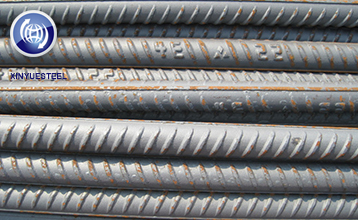Risk of rising coal prices still exists
Nov. 20, 2020
Affected by the increase in coal trucks, the increase in sales, and the superimposed impact of accidents, sentiment has improved, and coal prices in Shanxi, Shaanxi, and Mongolia have seen an overall rise. In terms of ports in the Bohai Sea Rim, the Daqin line is connected to the eight ports, and the number of superimposed ports is not low, which promotes the general effect of accumulating storage, and the market is seriously out of stock of high-calorie low-sulfur coal. In addition, due to the impact of rising futures and mining disasters, the market's bullish sentiment has increased, and the quotations of shipping companies generally rise. The downstream demand is mainly based on the cash of Changxie coal, and most power plants do not accept high-priced coal in the market. However, due to the hindrance of foreign coal procurement channels, some users in Guangdong raised the domestic coal receiving price by 5 yuan/ton. At the same time, the Jiangnei transaction price also rose by 8 yuan/ton. At present, the inventory of the loading and unloading ports along the Yangtze River and the south is generally at a low level, and there is a certain demand for replenishment in the downstream, coupled with the advance purchase of winter storage in the later period, causing the sea freight to rise sharply.

In terms of production areas, coal prices in the main production areas tend to rise but never fall. In the Ordos region of Inner Mongolia, both supply and demand are booming. Most coal mines have high production enthusiasm and operating rates remain high; platform shipments and inventories continue to increase, daily average road sales reach more than 1.5 million tons, platform and long-term transportation demand is stable, and some medium and high-caliber coals are rising 10 yuan/ton. Recently, accidents occurred successively in coal mines in Shaanxi and Shanxi, safety supervision has been increased, the production of small mines has been affected, and the overall supply level of coal mines has declined; while the transportation and marketing conditions in the affected areas are good, and the mines are willing to increase prices.
In terms of ports, the amount of coal transferred from ports around the Bohai Sea rebounded slightly, but the overall inventory was low, and coal trading in the market showed a weak supply and demand situation. Moreover, the current state guarantees supply and underpricing signals are relatively clear, and continue to put pressure on the market. In addition, power plant inventories are running at a high level, the weather in southern my country is higher than that of the same period last year, and the terminal continues to accumulate, which has also curbed the excessive rise of coal prices to a certain extent. However, with the passage of time, favorable factors for coal prices have increased. First of all, under the expectation of cold winter, winter storage demand can be expected, superimposed non-electric terminals are at the peak of production, and the daily consumption of power plants will show a restorative growth. Second, the news that Guangdong moderately increased its import coal quota has not been confirmed, which means that domestic coal is still the focus of procurement. Third, industrial enterprises in coastal areas along the Yangtze River are running at full capacity to sprint annual production tasks. The marginal support of coal consumption demand is good, and the ships pulling coal at ports will not decrease.
The unloading of Australian coal has ceased, and the quota for imported coal has been reduced. The domestic coal supply gap has gradually emerged. In the case of high inventories of power plants, there are hidden concerns about subsequent coal transfer channels. At present, there has been an increase in the number of ships that have completed the formalities of anchoring ships at Qin Port and Huanghua Port, indicating that a new round of procurement will kick off, prompting traders to continue to raise prices.
Although the monthly long-term association price has been lowered, the reduction is not large. It is still in the red zone, and domestic coal prices continue to run at a high level. Increasing power plant daily consumption recovery, winter storage and transportation, superimposition of upstream safety inspections, strict control of imported coal, slow recovery of port stocks, etc., will promote the continued strong operation of coal prices. The subsequent market situation is optimistic. It is expected that coal prices will continue to rise. The red zone lingers and oscillates.



